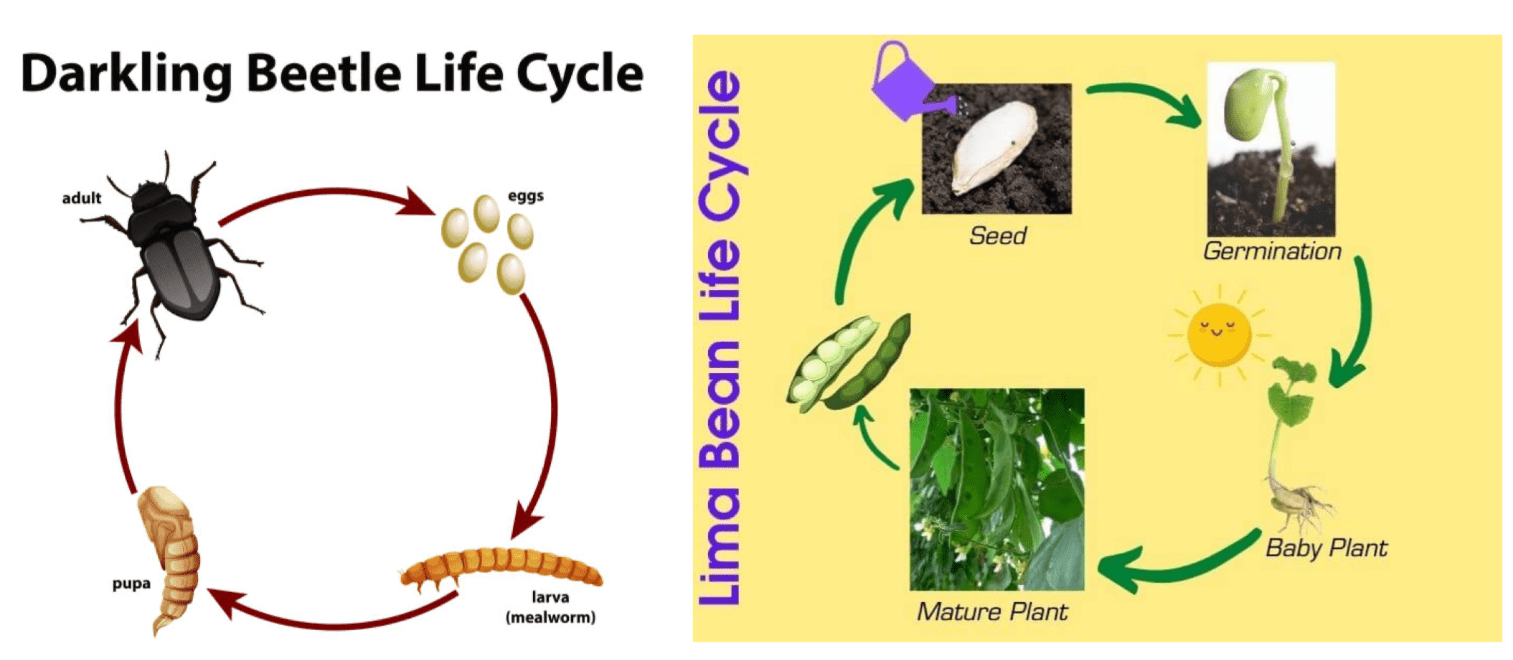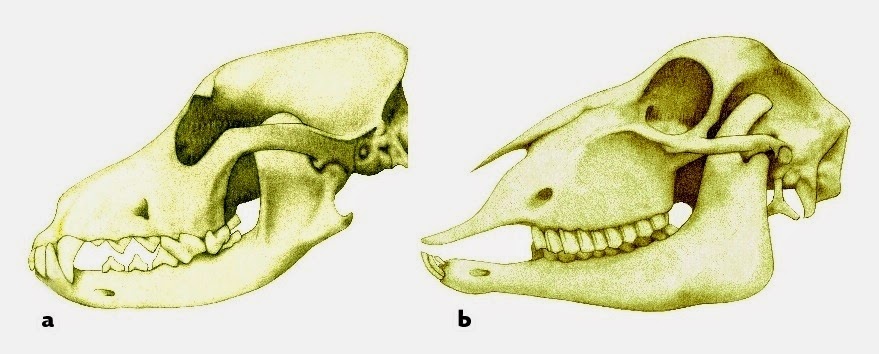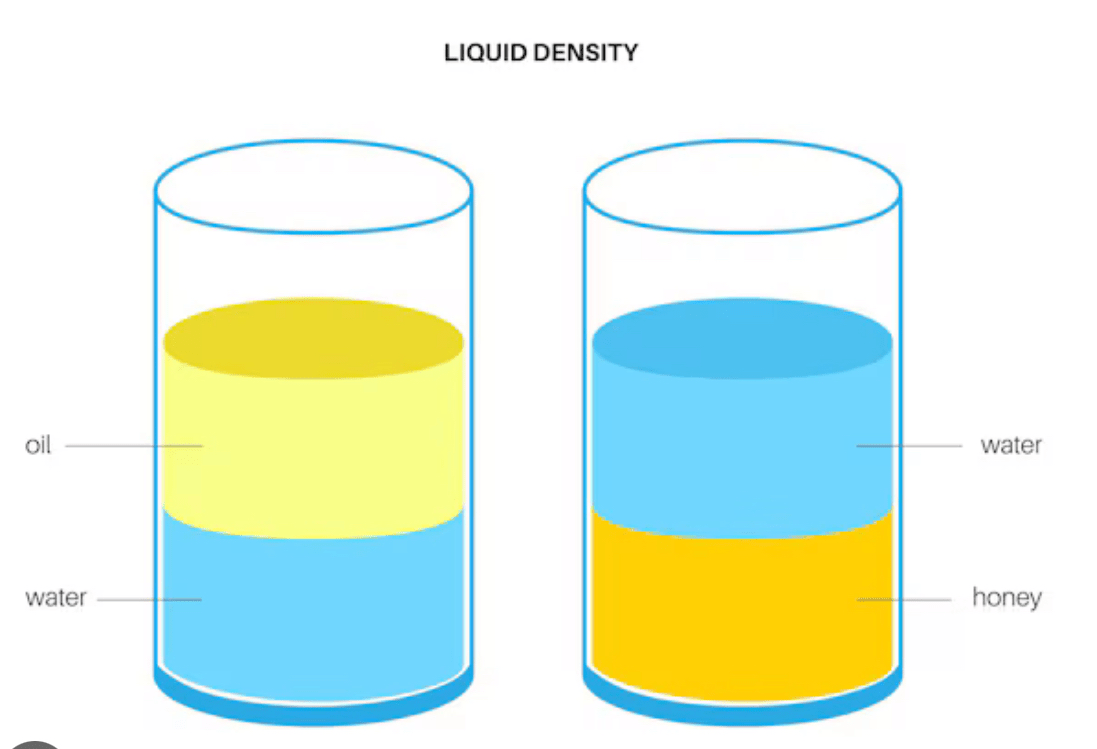Sierra sorts items into the following categories. How was she categorizing her items?
1: styrofoam, wood, rubber
2: metal spoon, wire, nail
Conductors versus Insulators
Fill in the blank:
To increase the speed of an object, you should apply a force in the _____ direction you want to go. To slow an object, you should apply a force in the ______ direction the object is moving.
To increase the speed of an object, you should apply a force in the SAME direction you want to go. To slow an object, you should apply a force in the OPPOSITE direction the object is moving.
What are two difference between weather & climate?
Weather is current and limited to a small area.
Climate is the average over many years, and in a large area.
Name 3 living and 3 nonliving parts of an environment that an animal might interact with.
Living - grass, trees, bacteria, other plants, other animals
Nonliving - rocks, water, air, sunlight, wind, soil
Compare and contrast the life cycle of a beetle and a Lima bean. (1 similarity, 1 difference)

Similarities: start at seed/egg, grow into adult, organisms, adults can reproduce
Differences: beetle has less steps, beetle is complete metamorphosis (looks different at end)
Beans, sand, and iron filings are combined into a jar. What tools can you use to separate each item?
Beans: Tweezers or sifter/seive
Iron filings: Magnet
Provide 2 different examples of an 3 step energy transformation beginning with the following:
1. Electrical —> ________ —> _________
2. Chemical —> ________ —> _________
Answers vary.
Beginning with the Sun heating the ocean, what are the 4 main steps of the water cycle? At each step of the water cycle you list, is it being heated, cooled, or pulled by gravity?
Evaporation - heated
Condensation - cooled
Precipitation - gravity
Accumulation - gravity
Humans often bring in new plants and animals to an ecosystem that do not belong. These are known as invasive species. How do invasive species affect native plants and animals?
They often compete with native plants and animals for resources like food and water, but there are often no natural predators to keep populations in check.
Native species = Negative
Name two structures cacti have to help them thrive in a desert environment. How do these structures help them?

Spines instead of traditional leaves, waxy coating.
Prevent water loss in the desert.
James puts a red block and green block into a container of water. The red block floats while the green block sinks. How do the densities of the red and green block compare?
The red block is less dense than the green block. The green block is more dense than the red block.
Describe the behavior of light in each picture. What are key words for each picture?

1. Refraction - bends
2. Absorption - absorbed, blocked, or stopped
3. Reflection - bounces
Name 2 ways the formation of sedimentary rocks and fossil fuels similar? How are they different?
Similar: Both use sediment, and HTP (heat, time and pressure) to form
Different: Fossil Fuels must have organic material buried in these layers and transforms into fuel over long periods of time.
1. Which 2 organisms compete for the same resource?
The snake and weasel compete for the field mice.
Compare the teeth in these two skulls. Which skull belongs to a carnivore and which skull is an herbivore? How do you know?

Skull a is carnivore. Teeth are sharp and pointy which is necessary for eating other animals.
Skull b is an herbivore. Teeth are flatter which is good for chewing plants.
Put the items in order from LEAST to MOST dense.

Oil (least dense), water, honey (most dense)
Which switches need to be closed to light bulb A only?
Switches A & C
Name landforms that are formed as the result of wind, water, or ice.
Wind (2)-
Water (2)-
Ice (1)-
Wind - Sand dunes, arches
Water - deltas, canyons
Ice - U-Shaped Valleys
1. Name all of the organisms in this food web that have and give away the MOST energy.
2. Where do they get their energy from? 
1. Producers: Cactus, Star Cactus, Grass
2. The Sun
Name two inherited traits and two learned behaviors you might expect to observe in a dog.
Inherited - fur color, herding skills, prey drive, self grooming, etc.
Learned - fetch, sitting for food, begging, walking on a leash, etc.
How do you know if something is soluble?
Give an example and a non-example of something soluble.
Substances that are soluble in water will dissolve in water. An example is sugar. A non-example is a coin.
A student wants to test the effect of friction on motion.
What would be the variable in the experiment?
What are they measuring?
Name at least 2 constants in this experiment.
Variable: surface
Measuring: force
Constants: Spring scale, block
What is happening in this image? What is caused by this movement? How long does it take?

The Earth is rotating on its axis, which causes day & night and the apparent movement of the sun across the sky. The Earth takes 24 hours to rotate.
A geologist is examining some fossils in a rock layer and he notices that there are fossilized shells and coral fragments within the rock layer. What can the geologist infer about the environment when this layer was formed?
There was an ocean with animals that lived in shells and coral reefs.
Which bird spends at least part of their lives in water? How do you know?

Bird C
There is webbing in their feet.